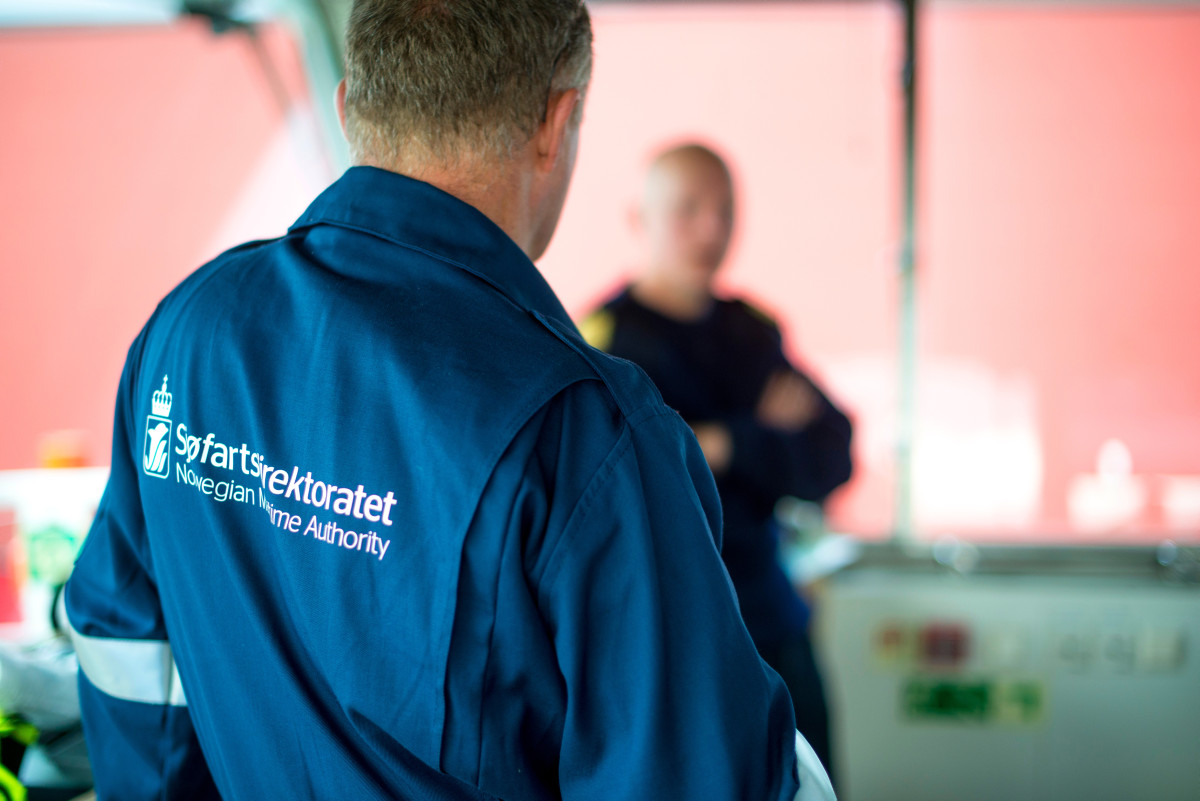No one in the maritime industry should feel anxious about going to work. Every employer has a responsibility to ensure that their employees do not experience harassment or sexual harassment at work. The NMA has zero tolerance and we will pay particular attention to this in our future inspections.
On 24 August 2022, an agreement was signed by the Norwegian Maritime Authority, the Equality and Anti-Discrimination Ombud and selected organisations. The agreement includes measures to prevent and stop sexual harassment in the industry. The background for this agreement was that a number of fisher women went public with their stories of incidents of serious harassment and sexual harassment.
You can read about the agreement here (in Norwegian): Signerte samarbeidsavtale - Sjøfartsdirektoratet
The zero tolerance for harassment and sexual harassment applies to all vessel groups and industries.
Are you being harassed or sexually harassed?
One of the key tasks of the Equality and Anti-Discrimination Ombud is to provide guidance. They provide information on the discrimination legislation and advice on how to deal with your case. They may also direct you to the right place should they not be able to assist.
The Guidance Centre of the Equality and Anti-Discrimination Ombud
What is the NMA doing to prevent harassment?
If we are made aware of harassment taking place, we will step in and give advice to companies and individuals.
The NMA provides training to their surveyors using course material provided by the Equality and Anti-Discrimination Ombud. The aim is to make the surveyors better equipped to deal with incidents of harassment and sexual harassment. Information about harassment and sexual harassment must be included in supervision check lists.
The NMA will participate in meetings with the Labour Inspection Authority to exchange experiences. We will also work to clarify the duty of the employer pursuant to the Ship Labour Act regarding the prychosocial working environment.
What is harassment?
Harassment is unwanted actions or comments to offend, frighten, degrade or humiliate a person. Some examples are unwanted sexual attention, bullying, ostracism or insensitive jokes and teasing. The most important thing to recongnise when identifying harassment is that the behaviour is undesired and uncalled for.
There are many forms of harassment and bullying and sexual harassment are the most common.
What is sexual harassment?
Sexual harassment can be physical, verbal or non-verbal (body language).
Sexual harassment can be anything from sexual comments about the body or looks, touching and groping to secual assaults. Showing photos or videos with sexual content can also be sexual harassment.
Generally, it is not a requirement that the sexual harassment happens multiple times. Individual incidents or statements may therefore be regarded harassment.
What is bullying?
Bullying is best understood as a set of harmful behaviours repeated over time and directed at one person. Bullying is a type of harassment.
Bullying can take many forms. You could be:
- excluded from the social network at work;
- regularly left out or ignored when tasks are handed out;
- wrongfully or disproportionally accused of poor work;
- teased;
- joked about;
- ridiculed.
Many people experience bullying in some form. Such behaviour is unfortunate, but it must take place repeatedly and over time to qualify as bullying.
Where can you find more information?
If you would like to read more about harassment and sexual harassment, legislation and where you can seek advice, you can check out these links. You will also find information about what kind of assistance your workplace is required to provide (only available in Norwegian).
- https://www.ldo.no/diskriminert/pa-jobb/trakassering-og-seksuell-trakassering/
- https://www.ldo.no/settestrek
Watch a video from the signing of the cooperation agreement here:

